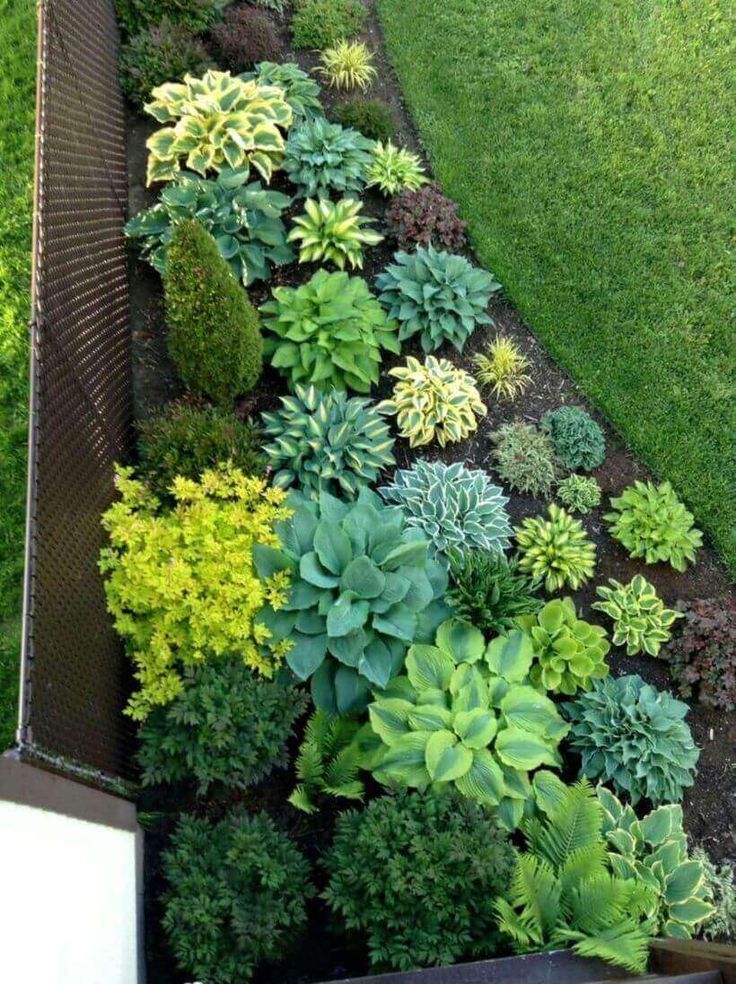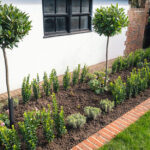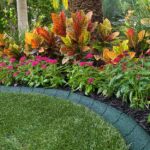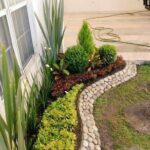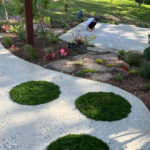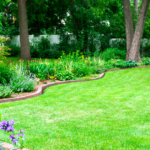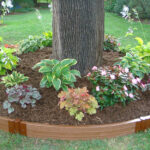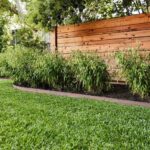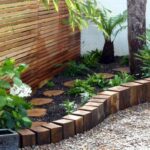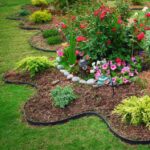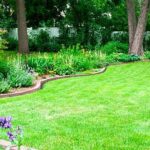Garden edging is an essential element in creating a well-designed and attractive outdoor space. Edging not only defines the borders of a garden, but it also helps to keep grass and weeds from encroaching on flower beds. There are many different options for edging, ranging from traditional materials like bricks and stones to more modern choices like metal and plastic.
One popular choice for garden edging is using bricks or stones. These materials provide a classic and timeless look to a garden and are durable enough to withstand the elements. Bricks and stones can be laid in a straight line for a clean and structured look, or they can be placed in a more creative and whimsical pattern for a more casual feel. They can also be stacked to create a raised edge, perfect for keeping mulch or gravel in place.
Metal is another popular choice for garden edging. Metal edging is sleek and modern, perfect for contemporary gardens. It is also easy to install and can be bent or cut to custom-fit any garden shape. Metal edging is typically powder-coated to prevent rusting and can come in a variety of colors to match any garden design. It is also a low-maintenance option that will last for many years.
For a more budget-friendly and versatile option, plastic or rubber edging is a great choice. These materials are lightweight and easy to install, making them ideal for DIY projects. Plastic and rubber edging can be molded into various shapes and sizes, allowing for endless design possibilities. They are also flexible, making them perfect for curved garden beds. While plastic and rubber edging may not have the same longevity as metal or stone, they are still a practical choice for many gardeners.
Wood edging is another popular choice for garden borders. Wood is a natural and rustic material that blends seamlessly with garden landscapes. It can be treated to prevent rotting and can be stained or painted to match any garden design. Wood edging is also easy to work with and can be cut to fit any garden shape. However, wood edging may require more maintenance than other materials, as it can rot over time if not properly treated and sealed.
No matter what material you choose for your garden edging, the key is to consider both form and function. Edging should not only be visually appealing but also durable and long-lasting. By carefully selecting the right edging material for your garden design, you can create a cohesive and well-defined outdoor space that will enhance the beauty of your plants and flowers.

